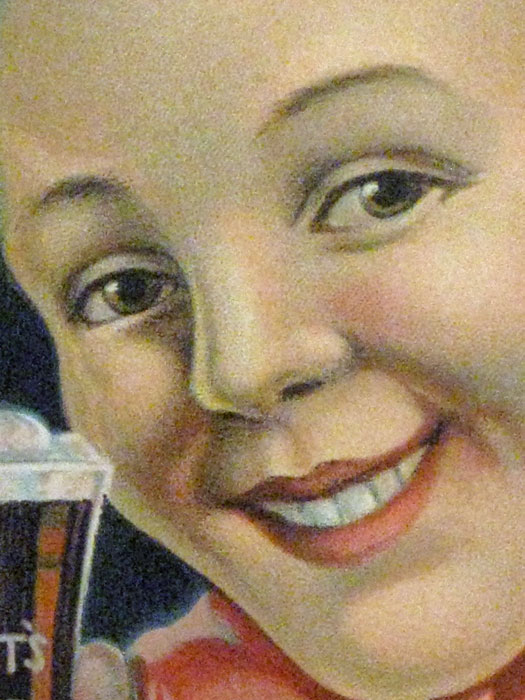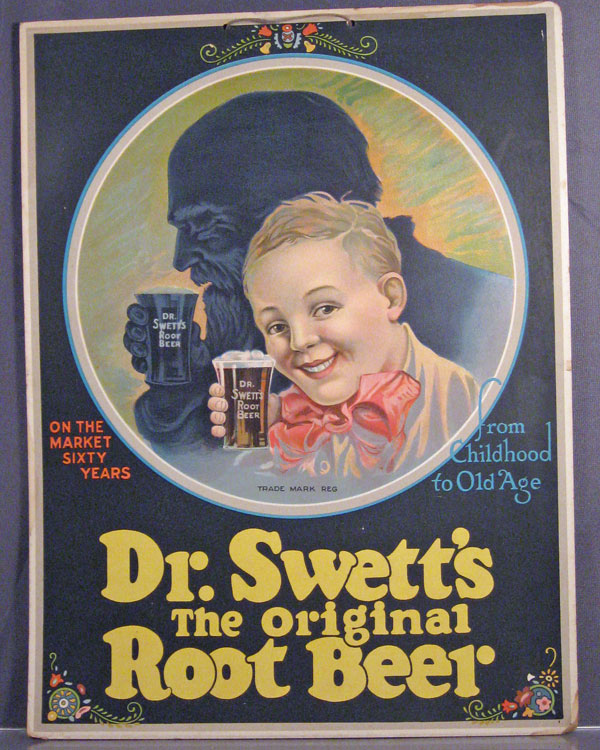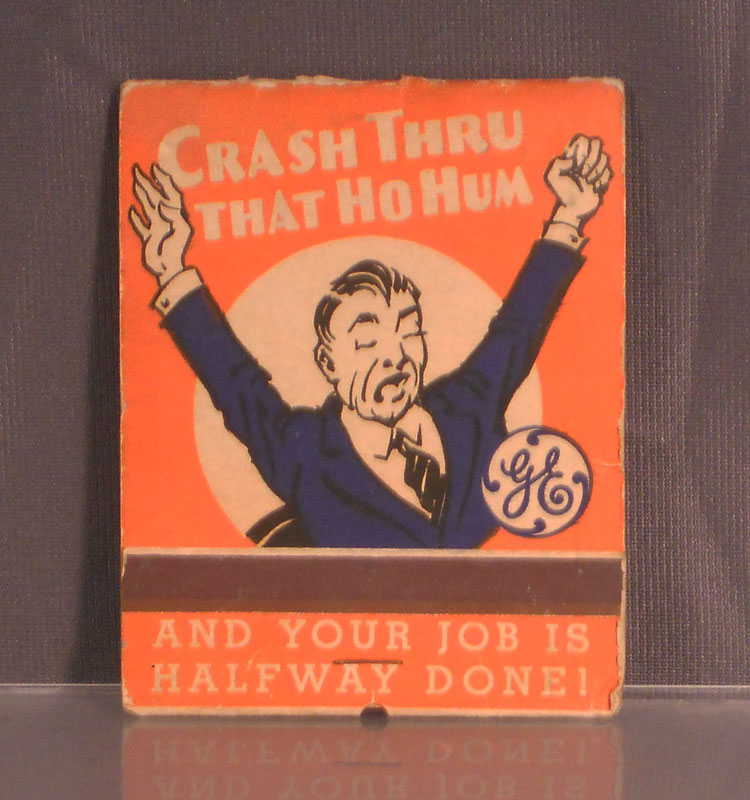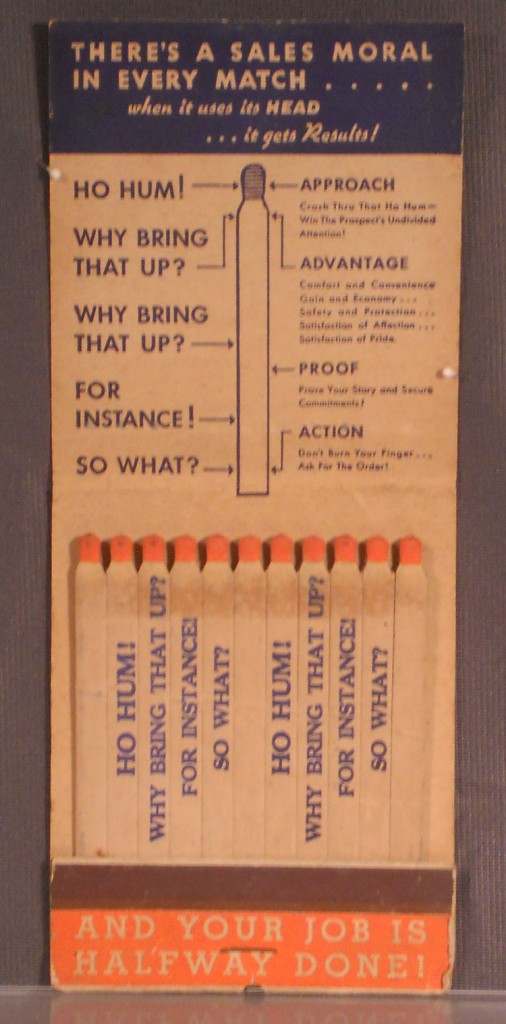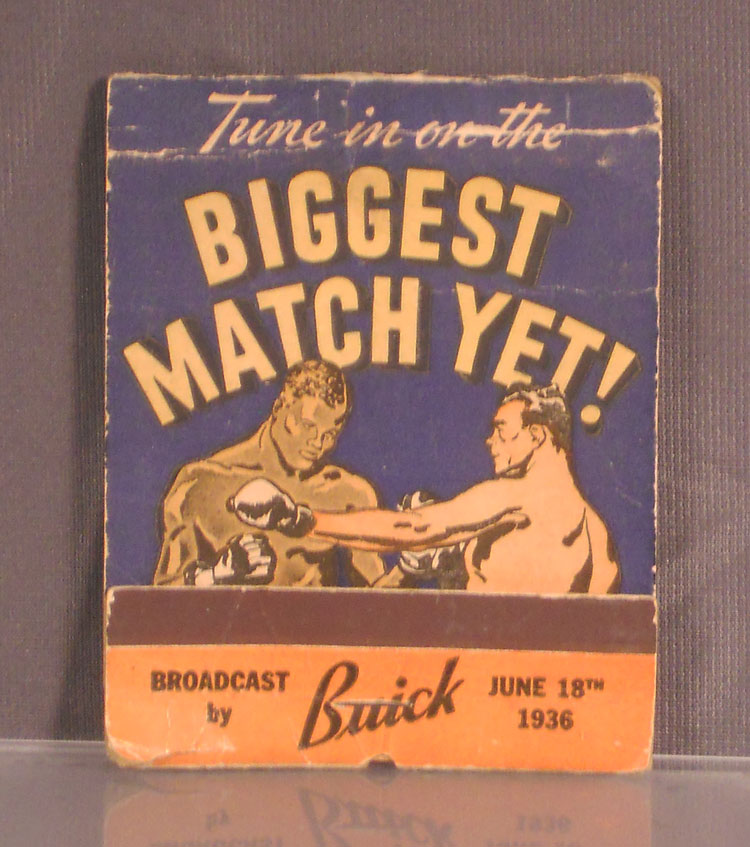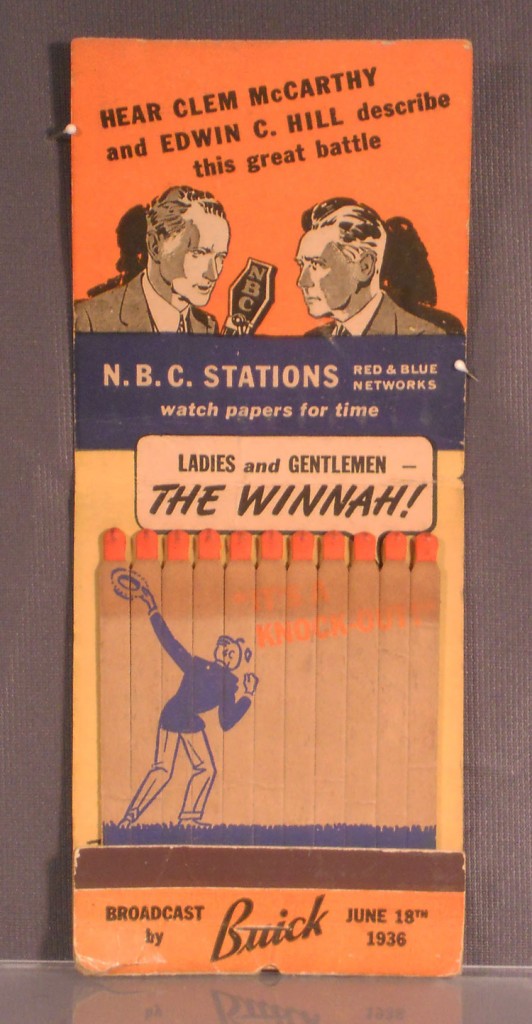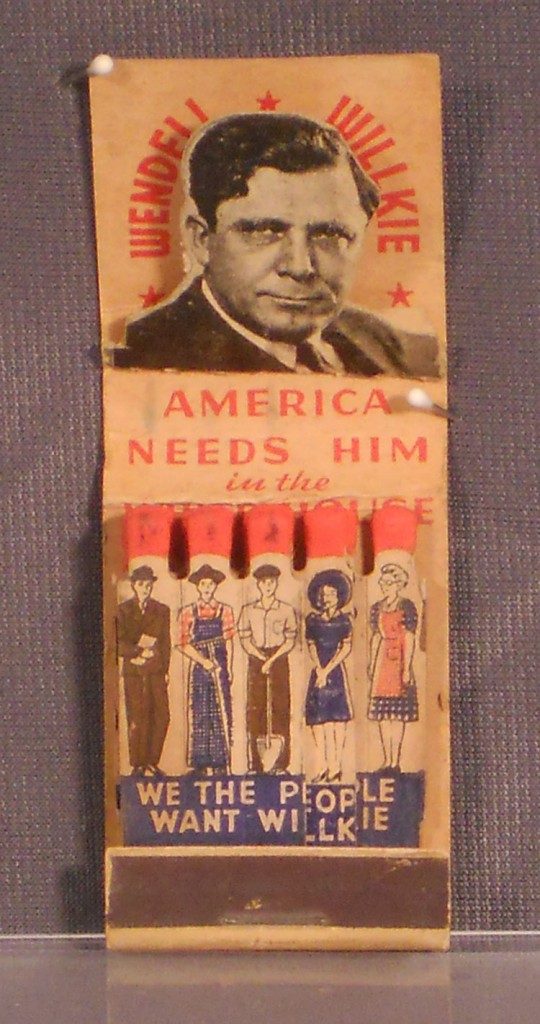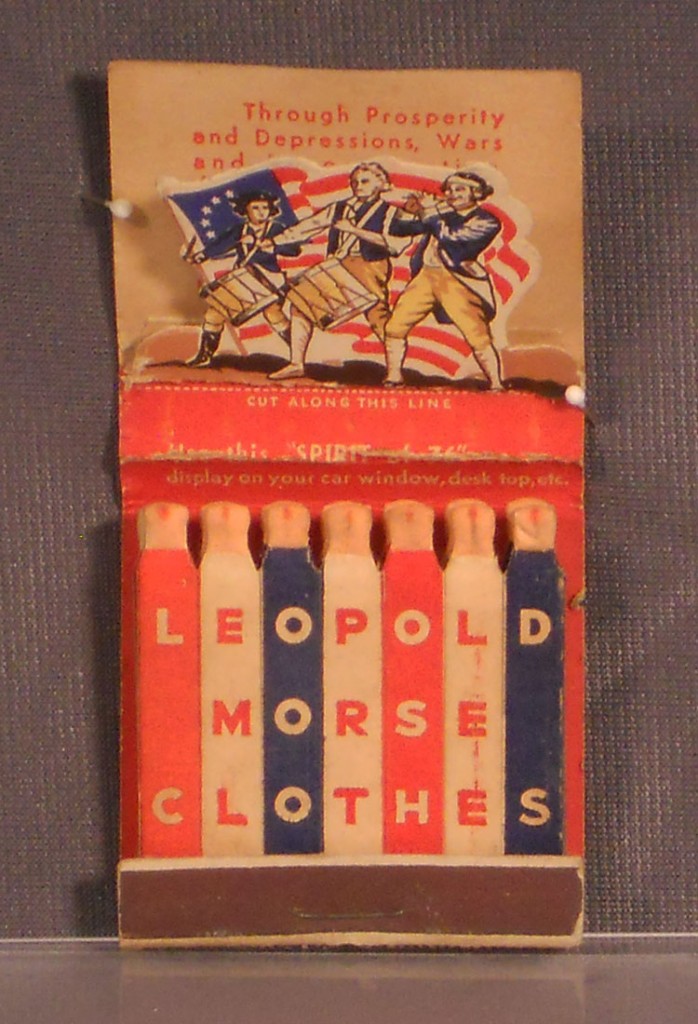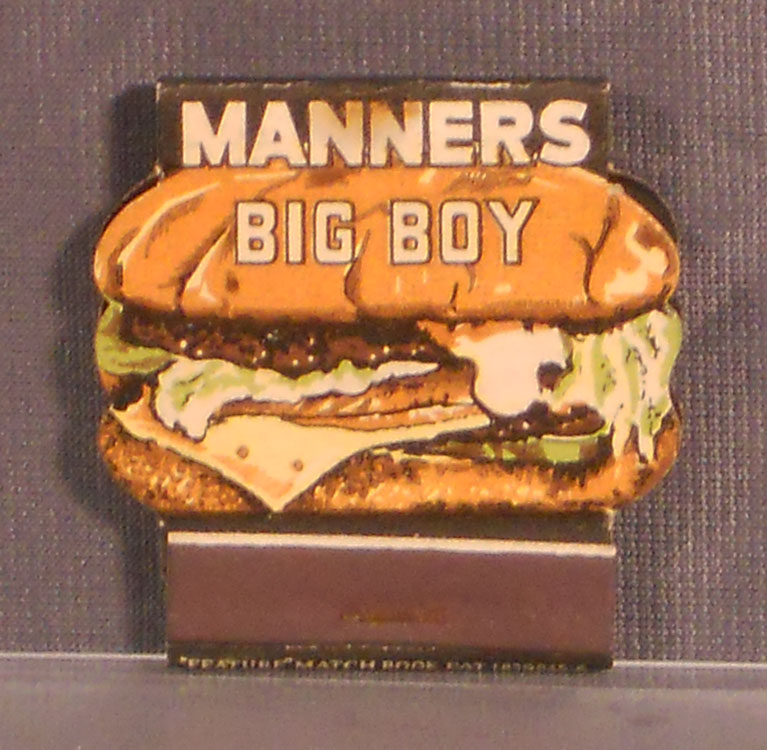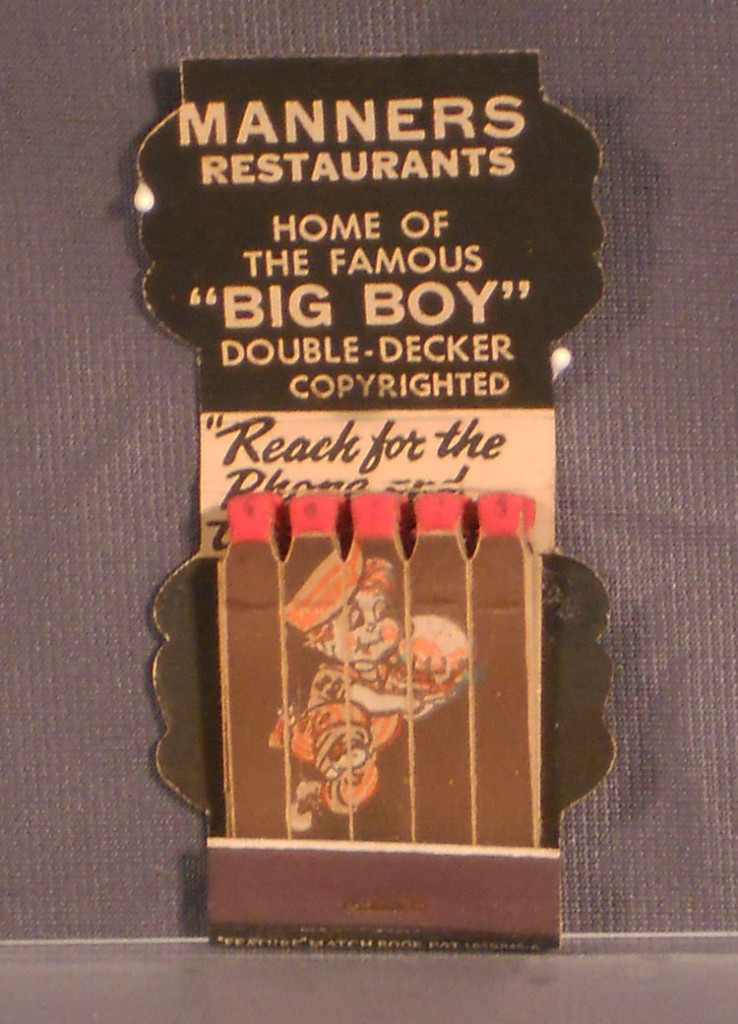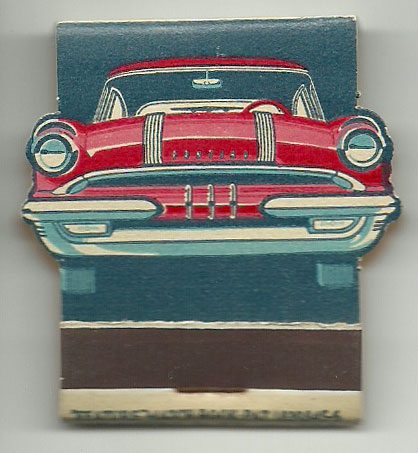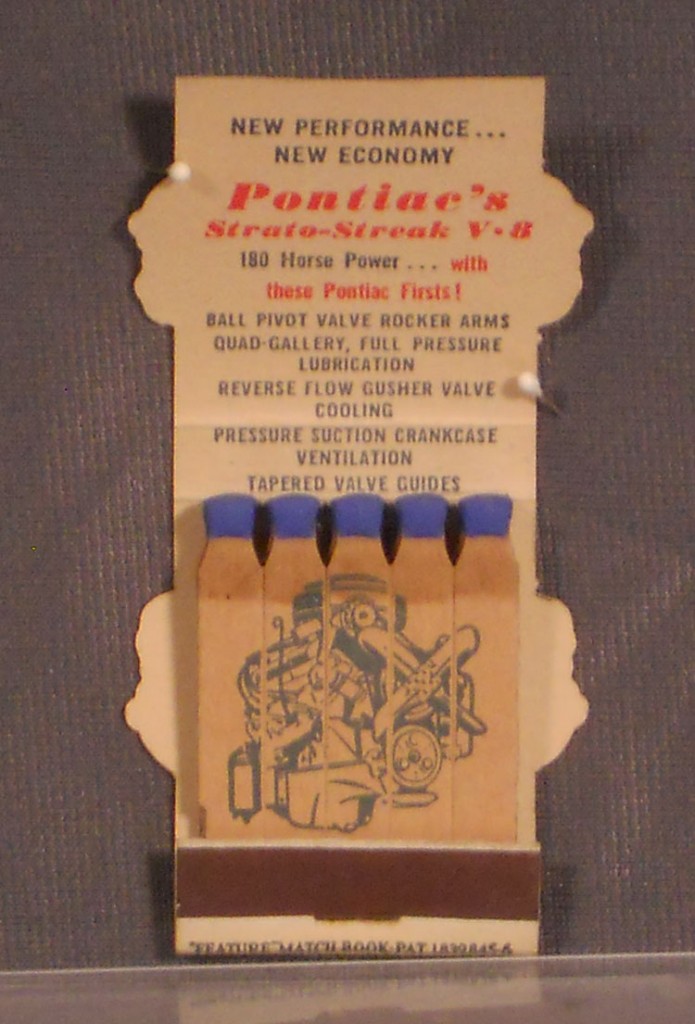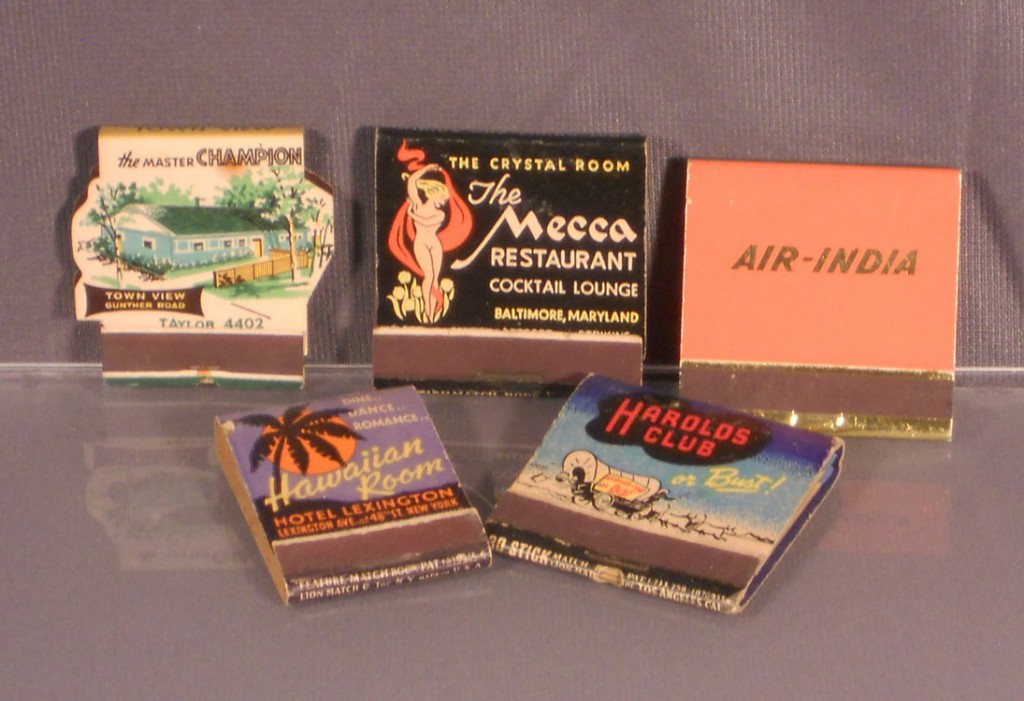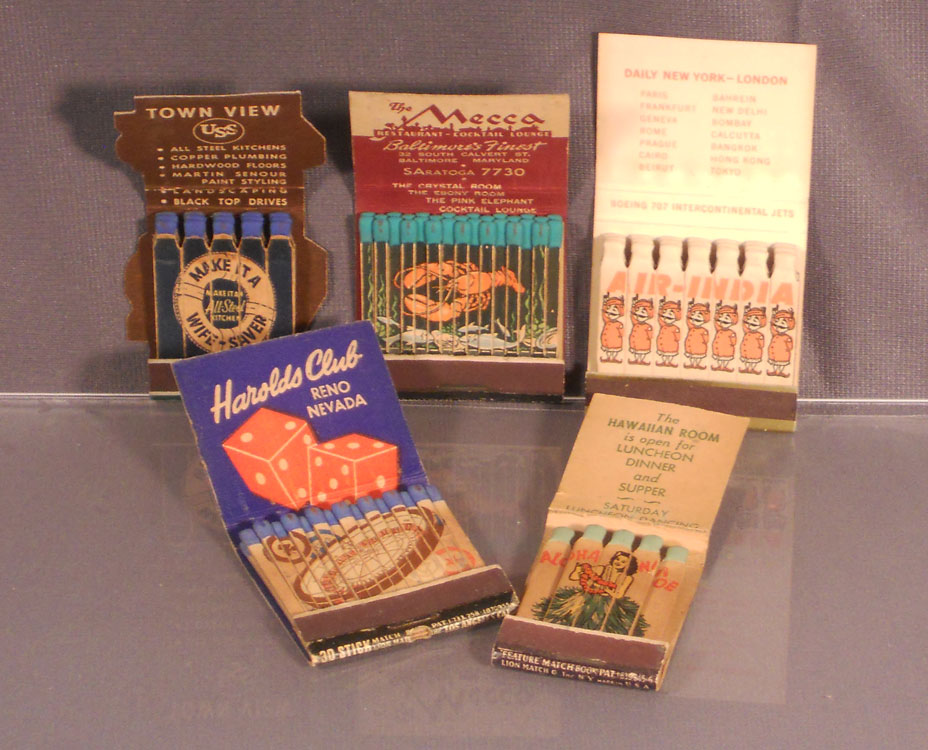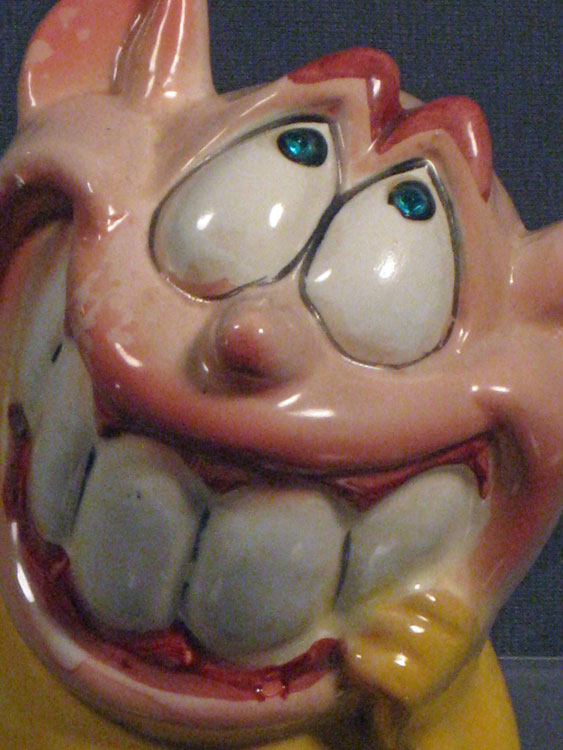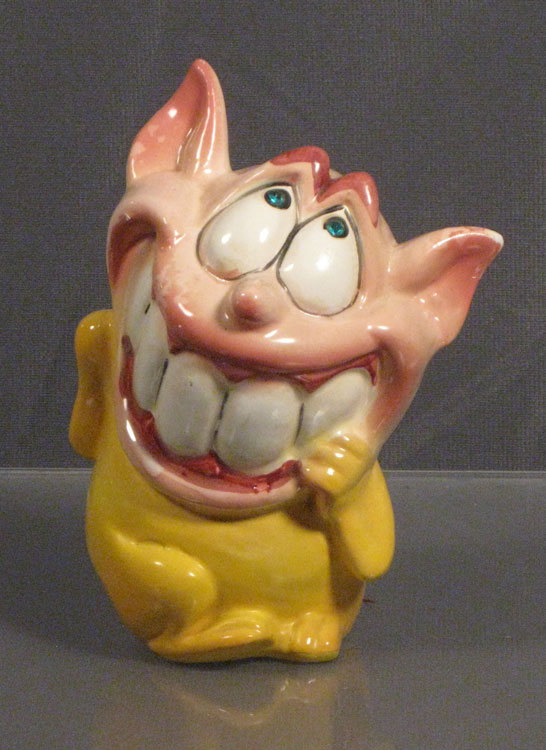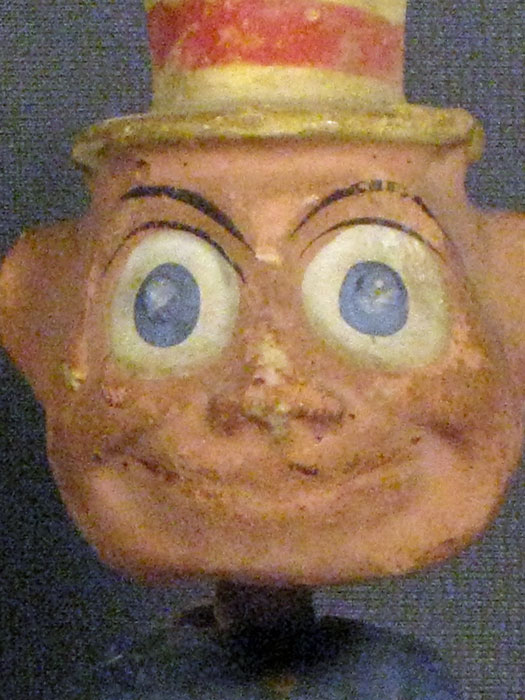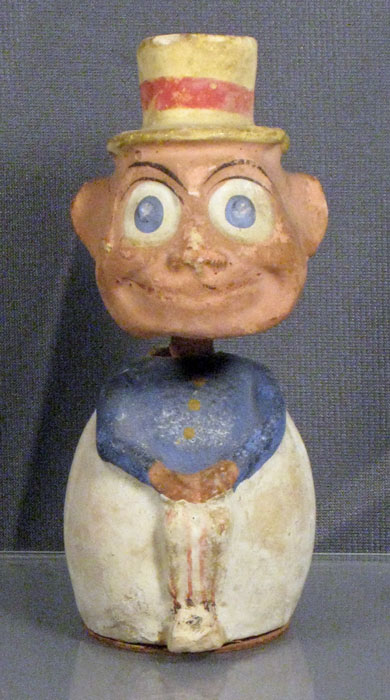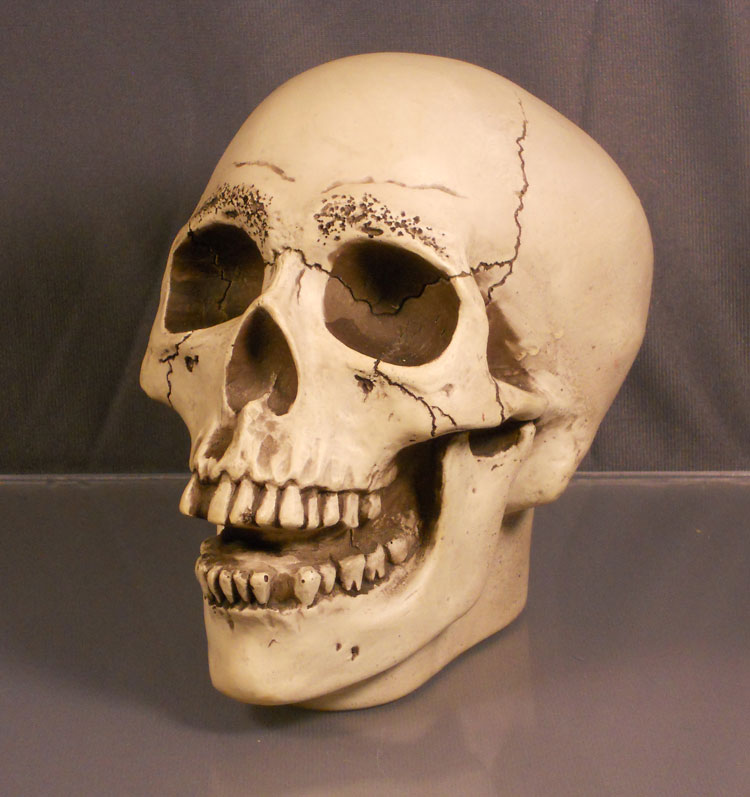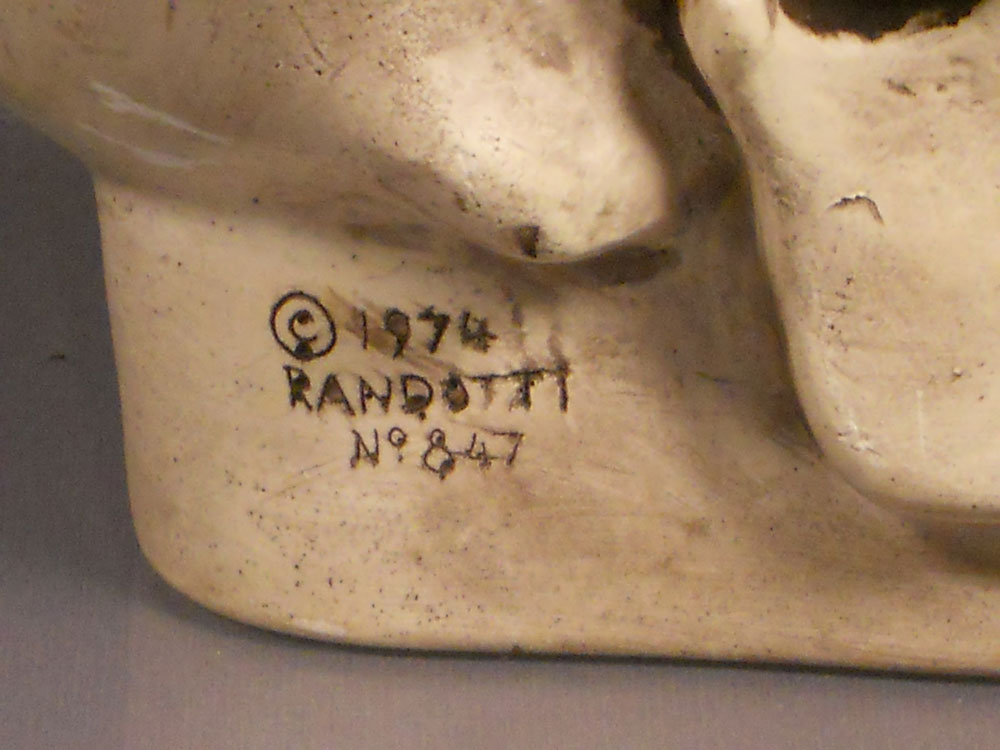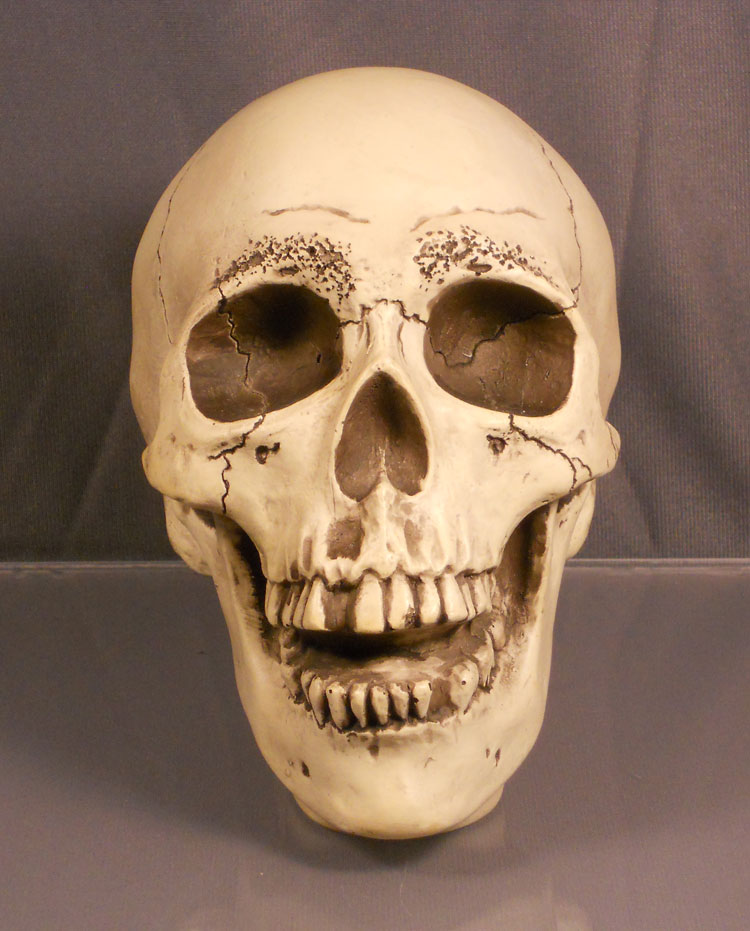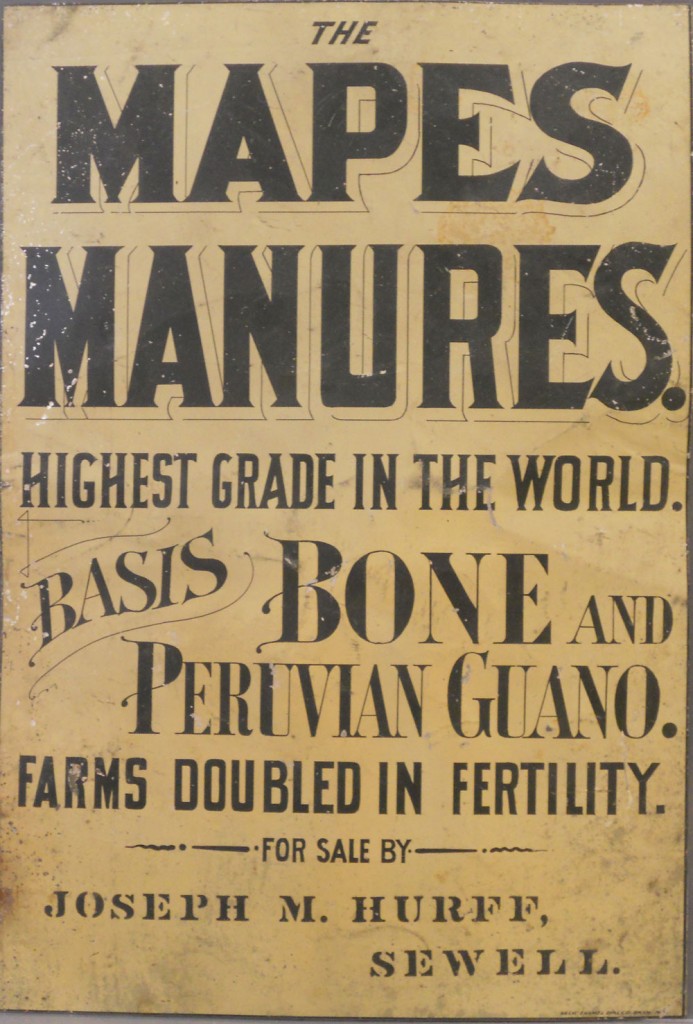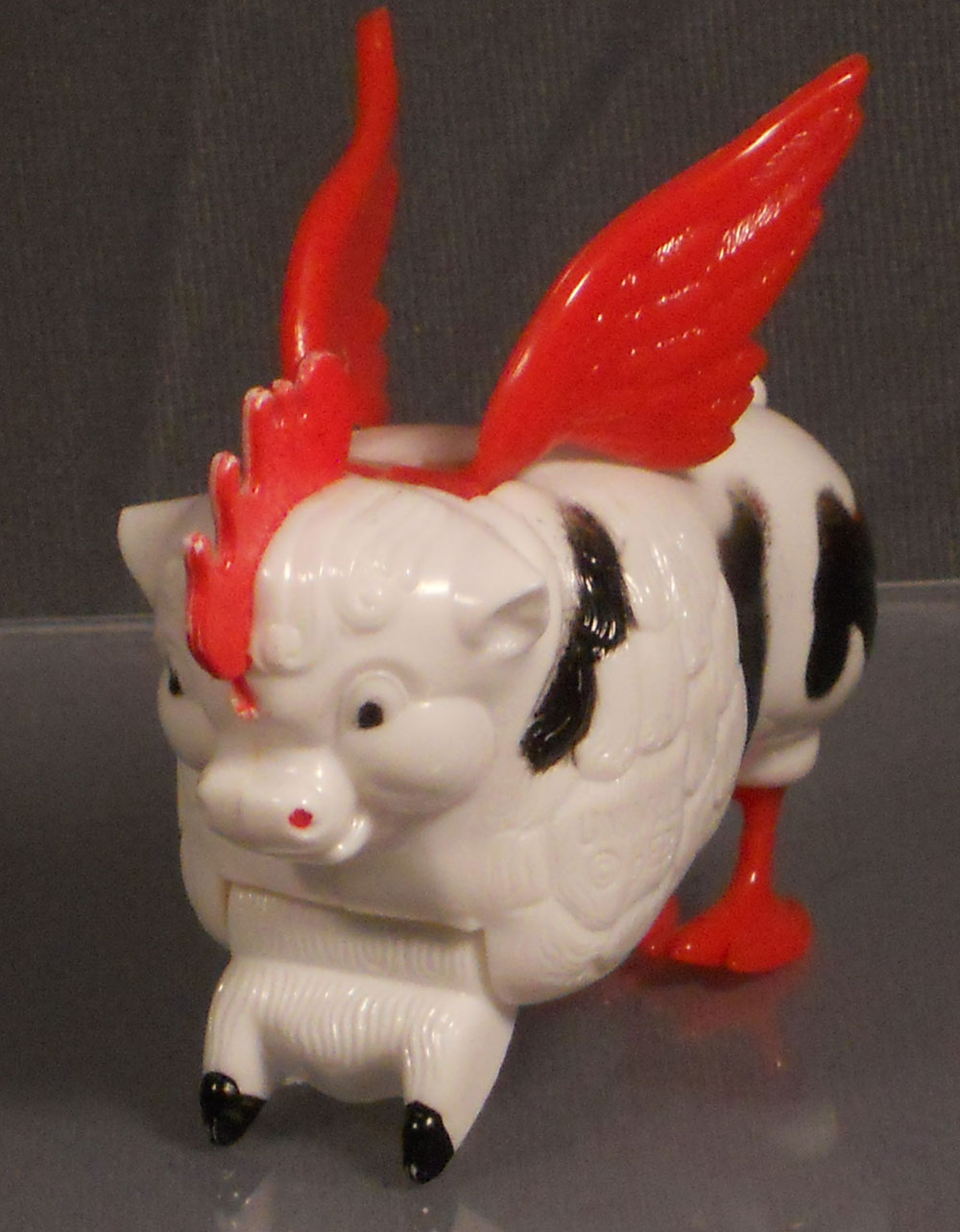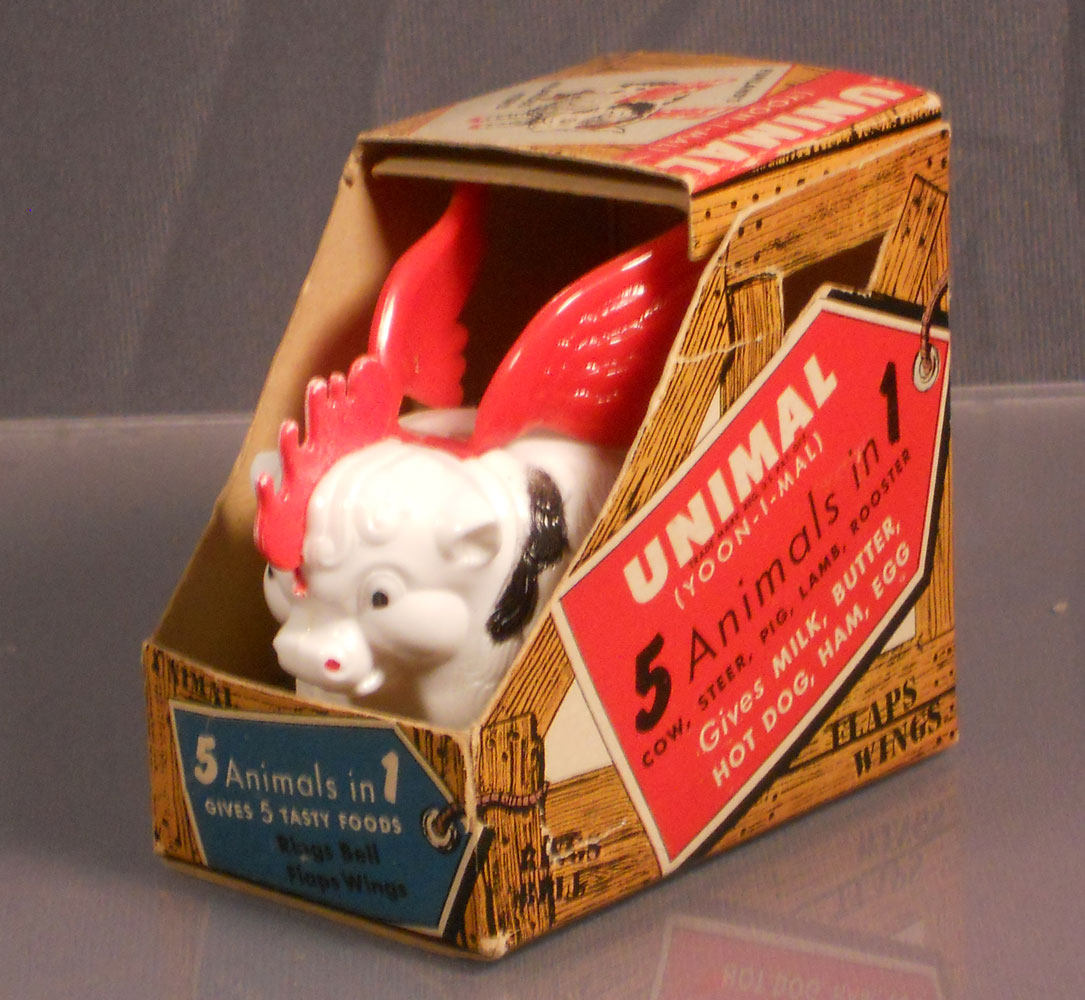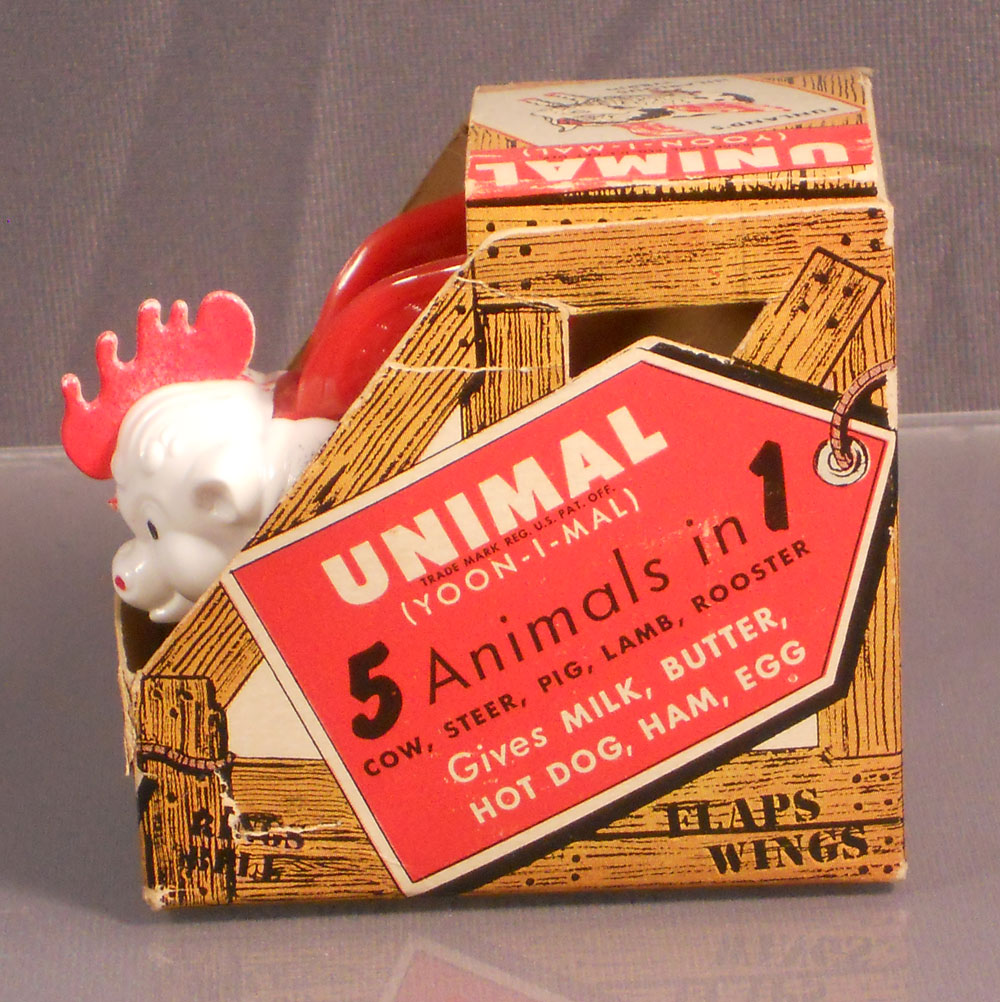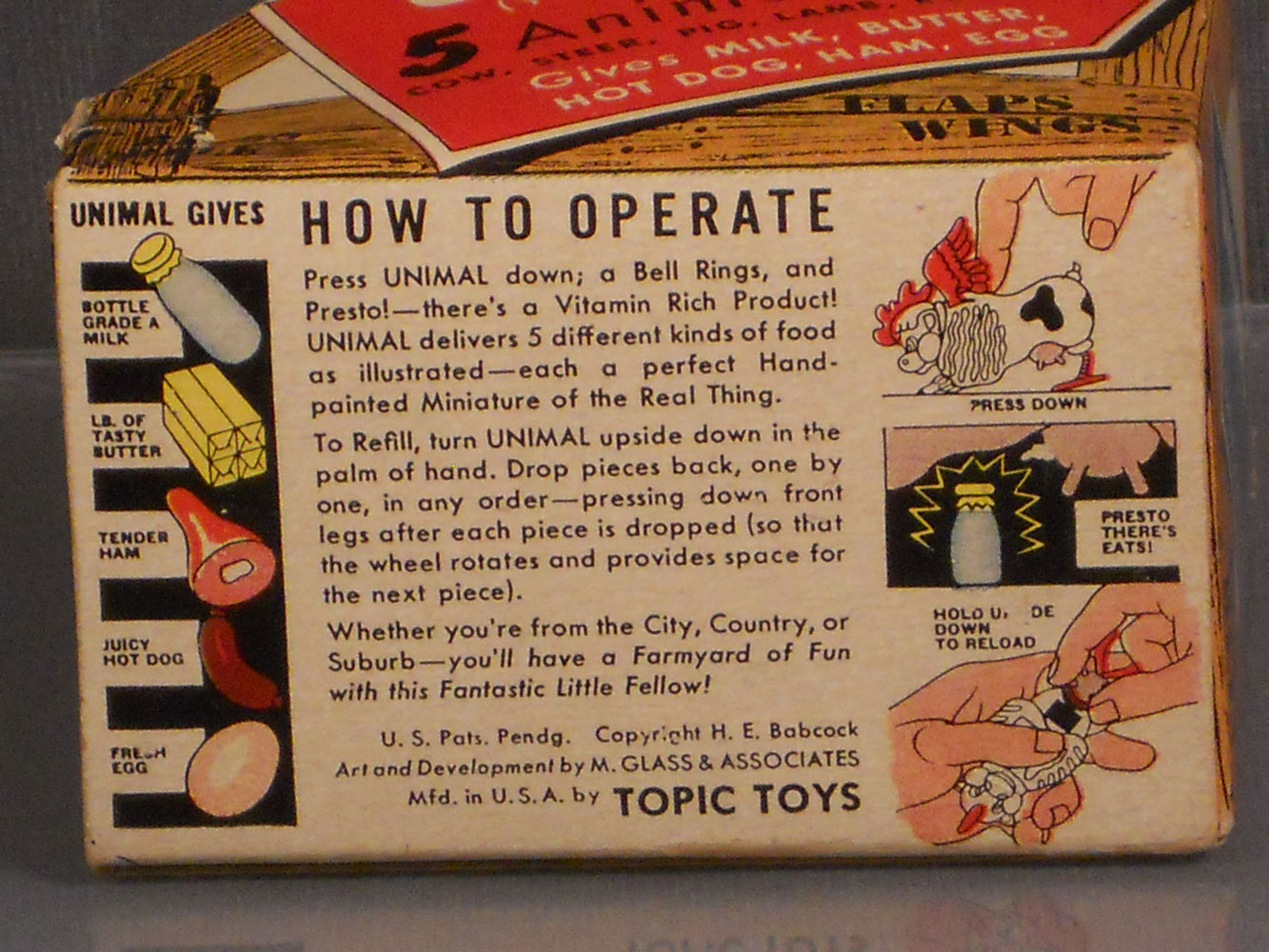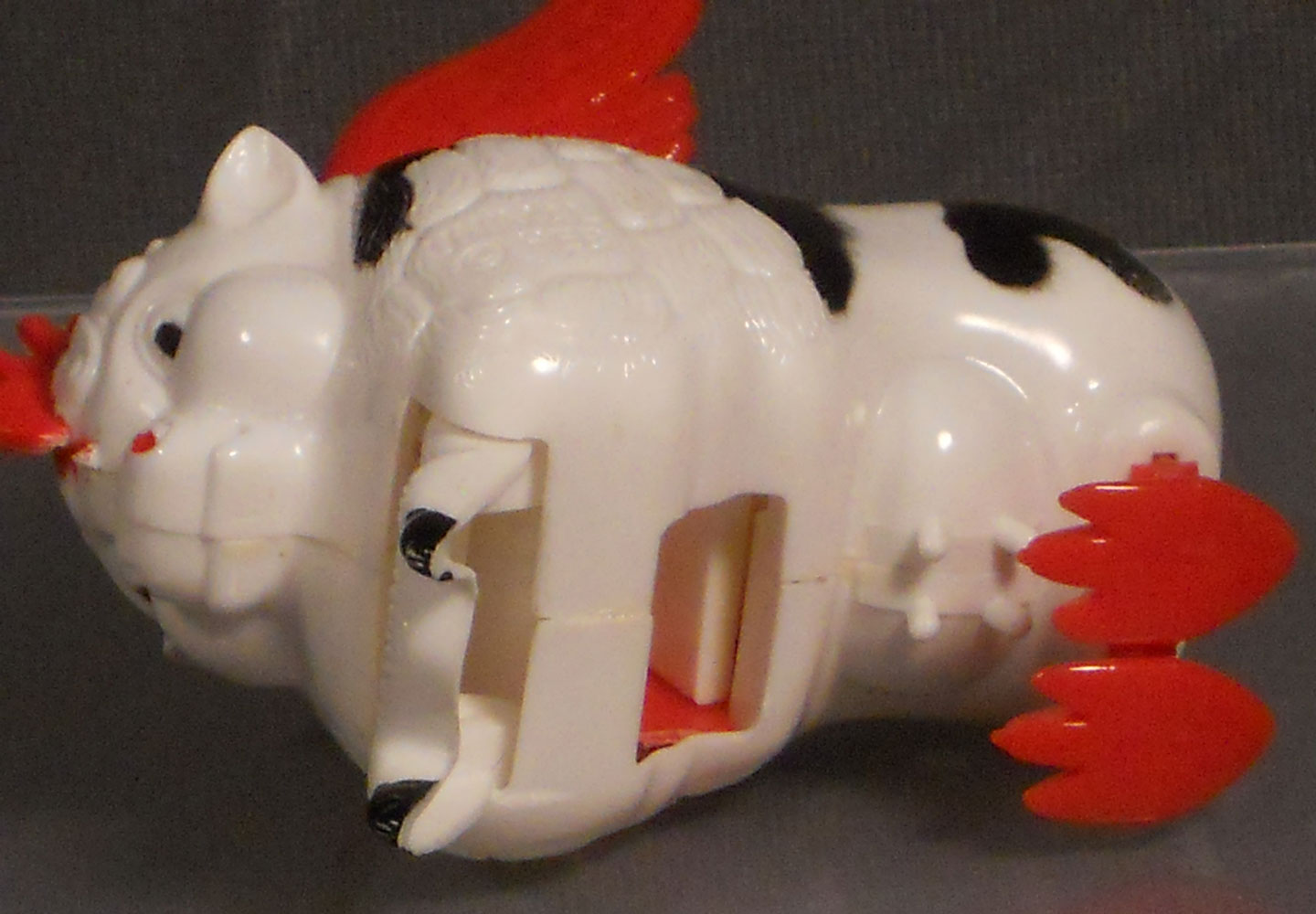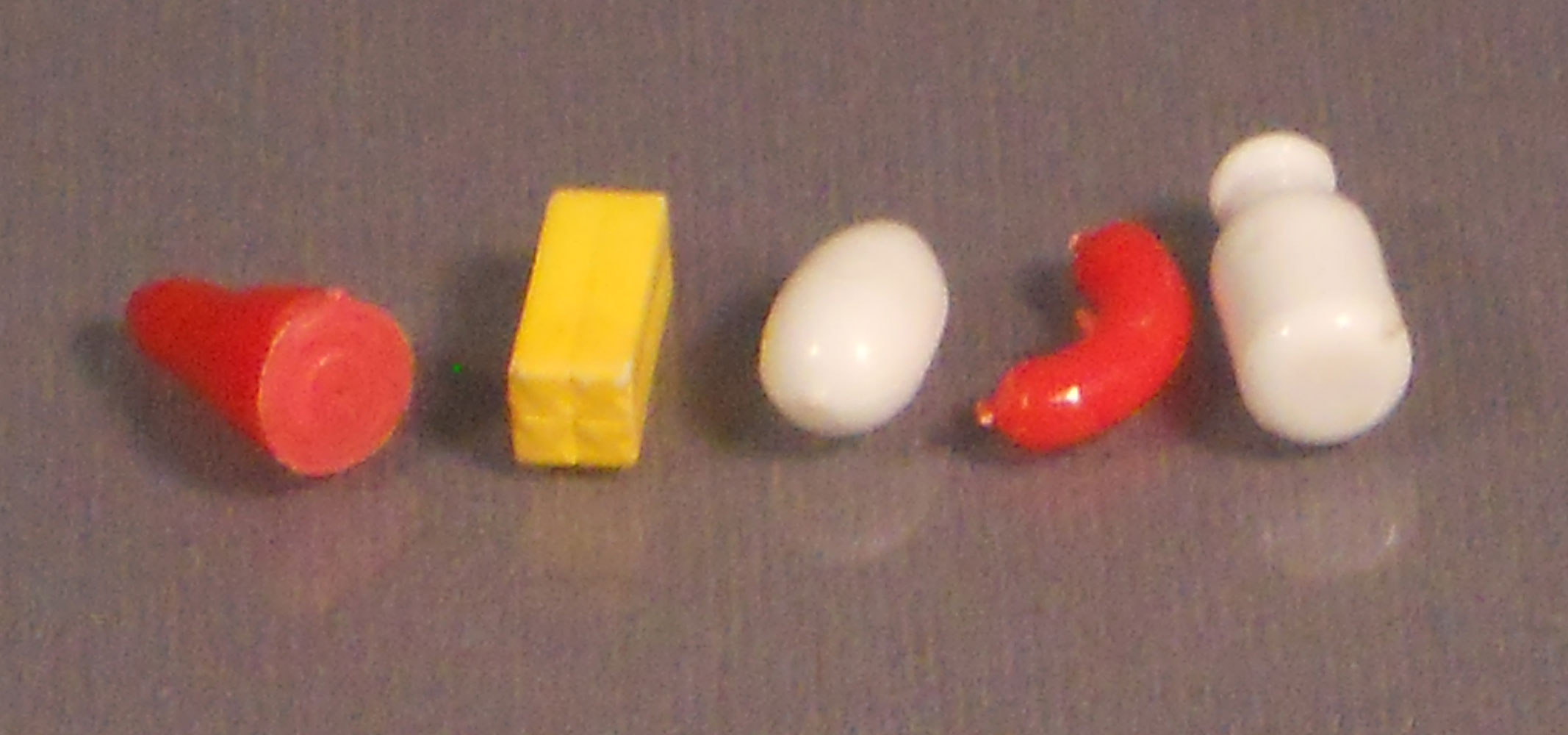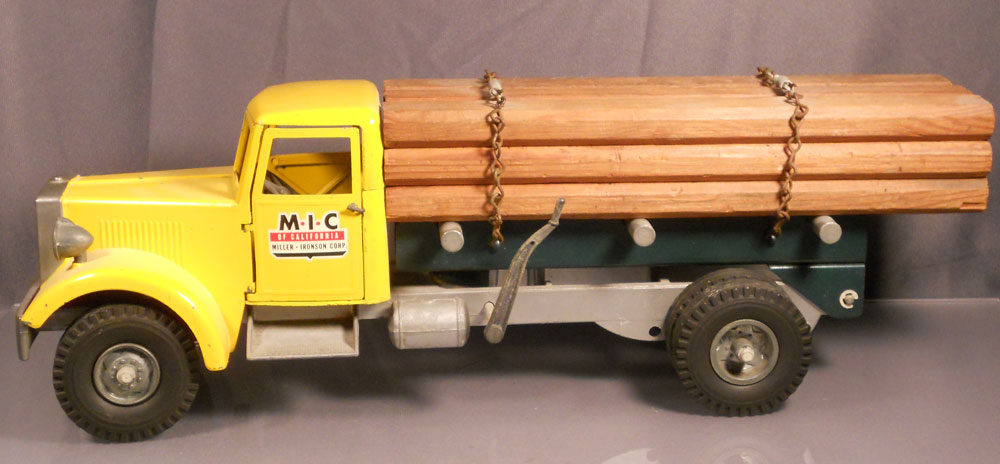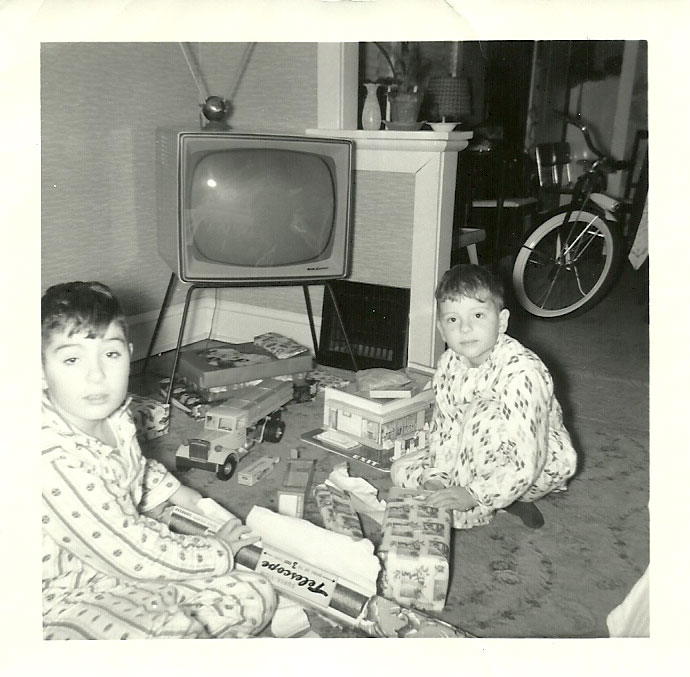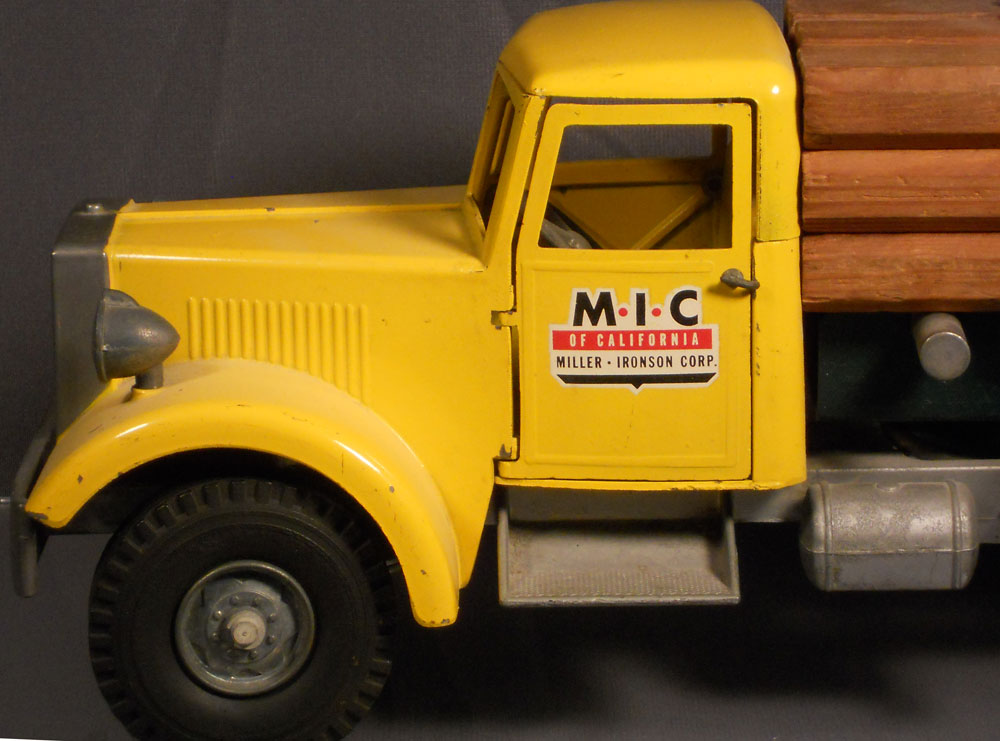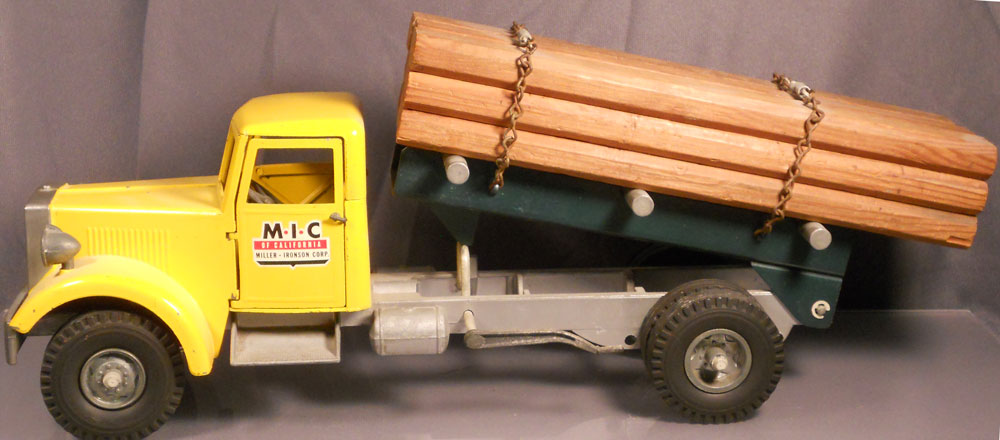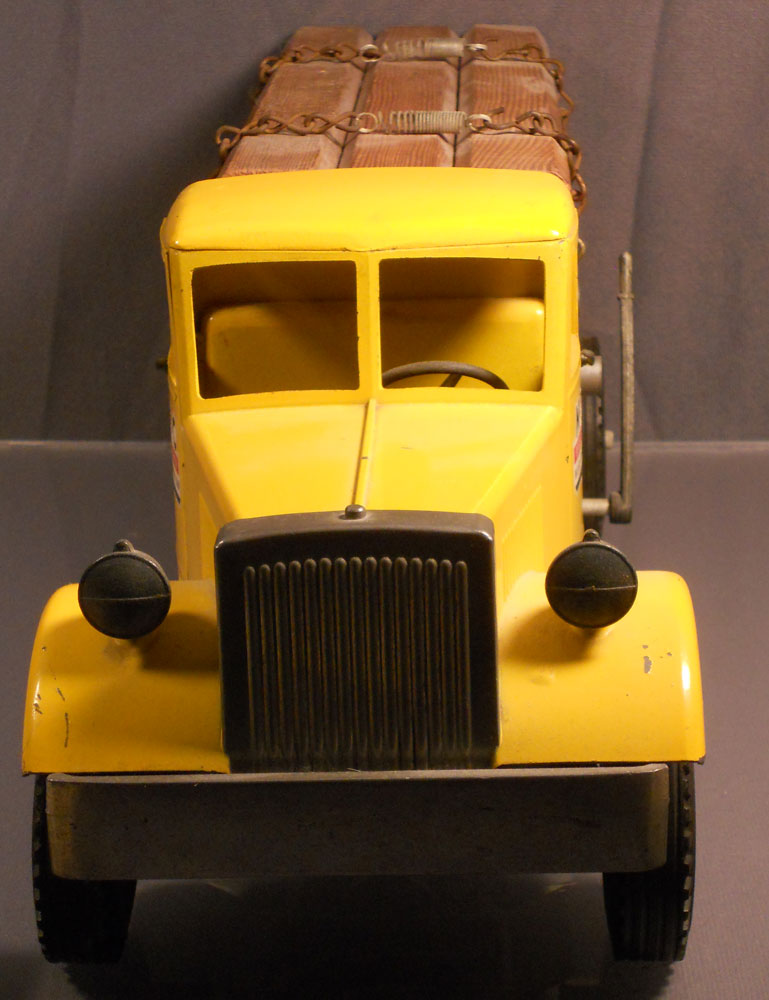I can’t say that I’ve been a Simpsons fan since day one. The reason for that is because in order for that to be true, I would have had to have watched The Tracey Ullman Show on April 19, 1987, when the very first Simpsons short premiered. I was three and a half years old at the time. Cut me some slack.
However, when the show officially premiered on Fox in 1990 (after a successful 30-minute outing with the holiday special “Simpsons Roasting on an Open Fire”), I was immediately sucked in. It was hard to escape its success. The show became the first major hit for the Fox network, and a lot of that success had to do with the fact that it wasn’t quite like any cartoon that had ever been seen on television. The animation was rough, but showing a clearly dysfunctional family while highlighting the fact that Bart Simpson was likeable despite being a poor student and a poor role model in general was unlike any other cartoon at the time. It’s now more than 20 years later, and viewers are used to the fact that any cartoon airing after 8 PM is bound to contain offensive language, sexual humor, topical and political references, and a plethora of outrageous characters. And it’s all because of The Simpsons, a show still going strong.
While most parents made a point of making sure their kids did not watch The Simpsons, my parents were okay with it. It’s not because they’re bad parents. It’s because I found the show funny and, even at seven years of age, I knew not to attempt to replicate anything that Bart Simpson said or did. In fact, I got the nickname “Simpsons fan” in high school because of my encyclopedic knowledge of my show and my ability to relate just about any situation I encountered to a particular episode.
It was nearly impossible for me not to get sucked into the whole early Simpsons fandom. Companies looked at the popularity of The Simpsons and the fact that it was a cartoon and decided to merchandise the hell out of it to kids. Posters, t-shirts, fast food toys, albums, candy…you couldn’t walk more than 10 feet of any retail establishment in 1990 or 1991 and not see The Simpsons plastered all over everything. People eventually got sick of it, and thankfully, The Simpsons survived not because of the sales of merchandise but thanks to steady ratings and a top-notch team of writers responsible for some of the best seasons of any TV show ever produced.
One of the standouts of that early Simpsons merchandising period was a set of action figures produced by Mattel. The set consisted of all five members of the core family (Homer, Marge, Bart, Lisa, and Maggie), but remembering that these were action figures, they decided to produce one villain (the bully Nelson) and one “hero” (Bart in his Bartman costume). There was also a “Sofa and Boob Tube” playset, which consisted of a couch with an ejector seat (?) and a TV so that you could recreate the various “couch gags.” In addition to being poseable figures, the only “action feature” these figures had was a hole in the top of each of their heads where you could place a plastic word bubble. Each figure also came with an array of paper phrases that you could insert into those word bubbles, so it looked like the figures were talking to one another. Sound lame? It was.
Perhaps it was that lame action feature, the general overproduction of Simpsons merchandise at the time, or the fact that the Simpsons family did not make for action figures in the same way that Marvel and DC Superheroes and G.I.Joe could at the time, but the line failed. However, until the toy company Playmates released their incredible “World of Springfield” line in January 2000, these were the only action figures Simpsons collectors had for an entire decade.
OR WERE THEY?
I don’t know if this is still a trend today, but once toy lines were finished in America in the 1980s and 1990s, the molds for the figures were shipped to other countries where the toys might still be popular with kids. The Simpsons was a worldwide phenomenon, so after Mattel was finished with the line in North America, the molds found their way to South America. This is a common phenomenon and explains why a few action figures unproduced in the United States eventually saw the light of day elsewhere.
With molds in hand, though, the toy companies of South America could basically do whatever they wanted with them. Knowing that these were action figures, they decided to take a few liberties with the line, which is why these three oddities exist:
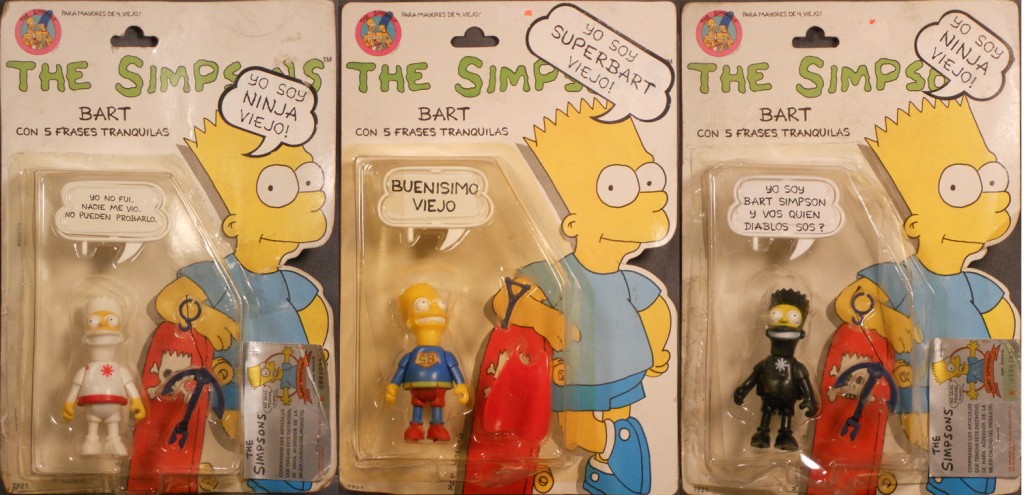
These three figures – Superbart, White Ninja Bart, and Black Ninja Bart – were original creations in South America. The packages do not make any references to Mattel, or any specific toy company that I can find, but they are dated 1992, so these were definitely released after Mattel’s line saw distribution in the United States. They all utilize the basic Bart Simpson action figure mold, yet with some brand new paint jobs and some mixing and matching of accessories, the toy company responsible for making them was able to create three entirely “new” figures.
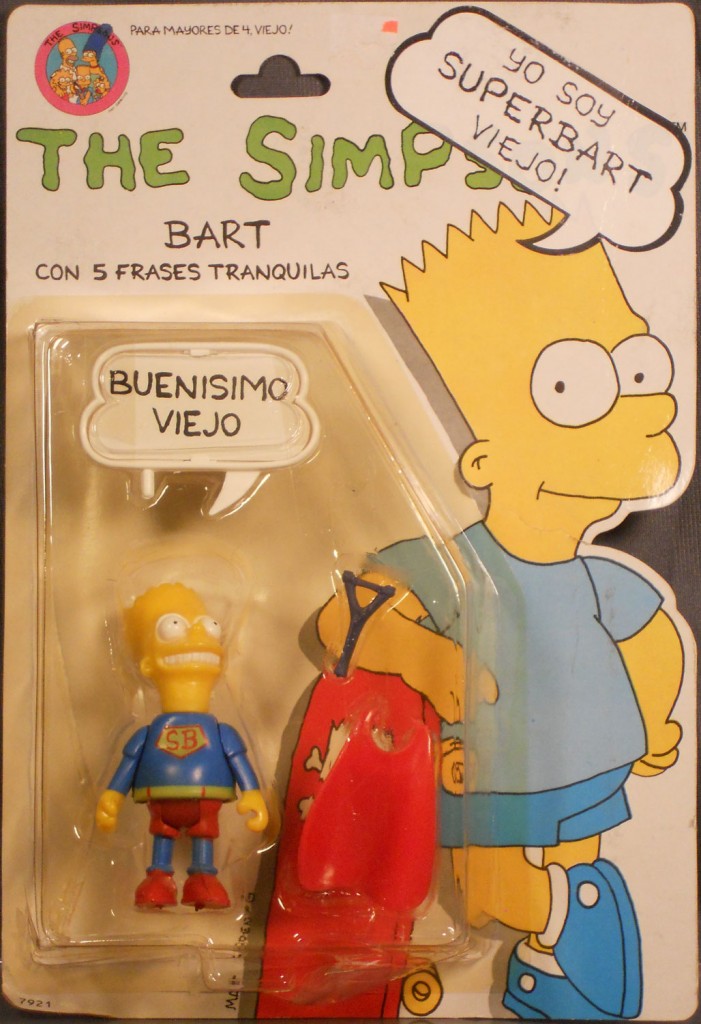
I’m sure it only seemed logical that if Bartman existed, a character like Superbart should also exist. The Simpsons hit it big just as Tim Burton’s Batman movies generated a lot of renewed interest in classic DC superheroes. Unlike Bartman, though, Superbart does not benefit from a unique mold, so not only is Bart’s smiling face intact, but so are his t-shirt sleeves. Still, Superman is such a recognizable part of popular culture that the intended effect is achieved.
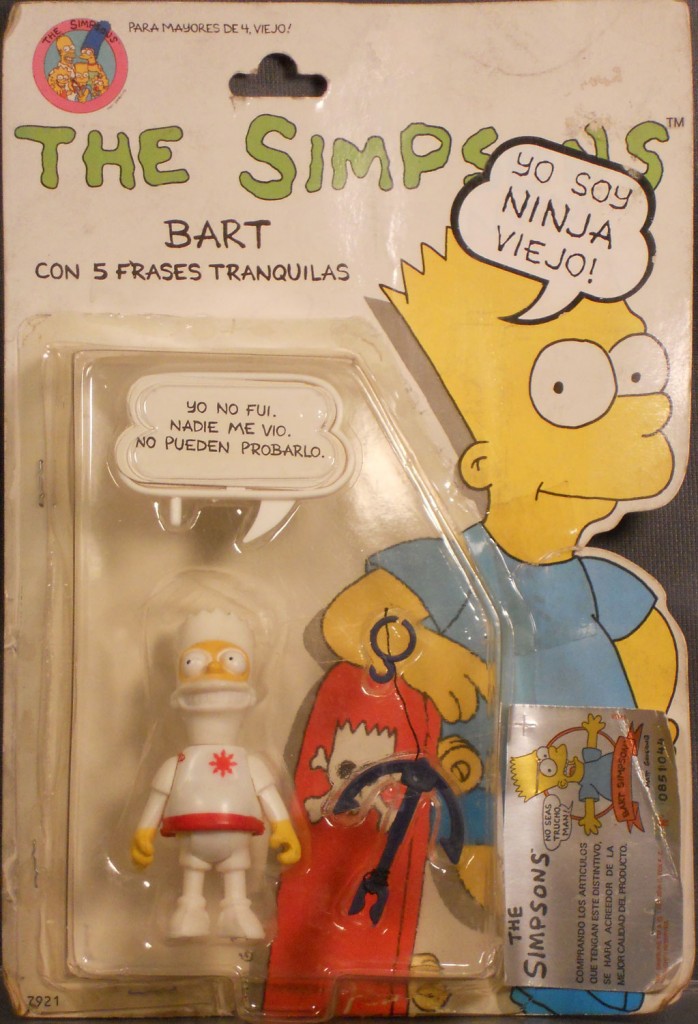
If the t-shirt sleeves looked a little ridiculous on Superbart, they look even more ridiculous on White Ninja Bart. Of course, the most ridiculous element is that they kept the smiling Bart head, so even though he’s wearing a ninja mask, his smile appears through it. The design has to be inspired in part by the White Dragon figure of Coleco’s Rambo line. This doesn’t surprise me, since the Rambo line was heavily marketed in South America (see my previous article regarding Dr. Hyde).
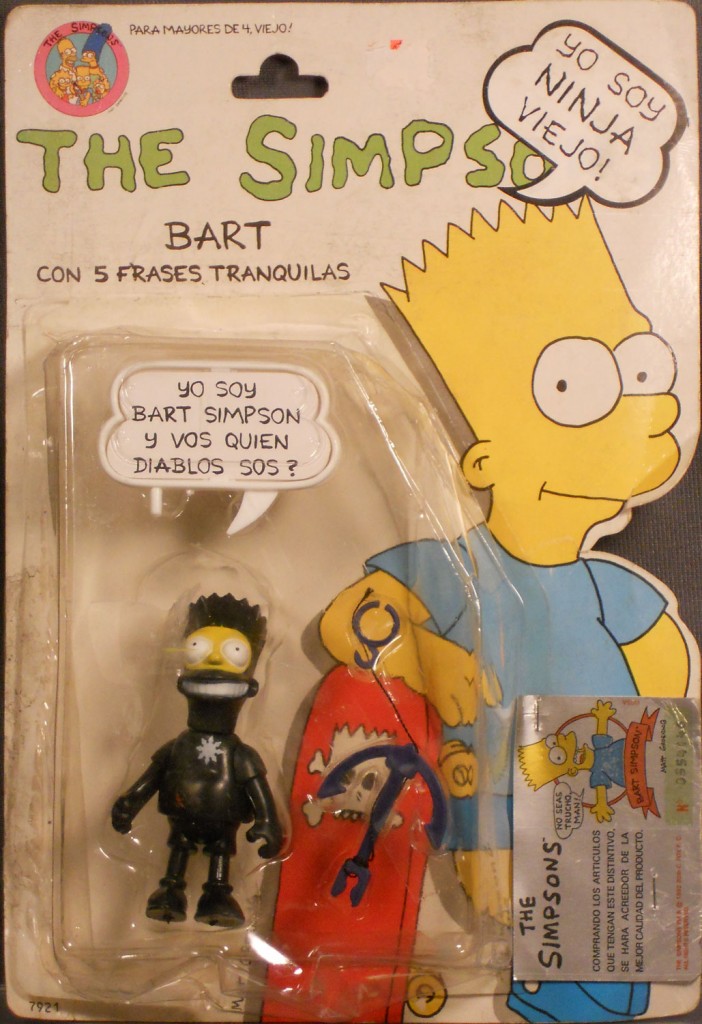
That white smile of Bart’s is definitely the most ridiculous on Black Ninja Bart, where it almost appears as though Bart is wearing offensive blackface makeup. This is essentially just a black version to counter the white version. However, this figure is perhaps the most interesting of the bunch. Why? Because out of these three figures, Mattel was actually very close to making this particular figure.
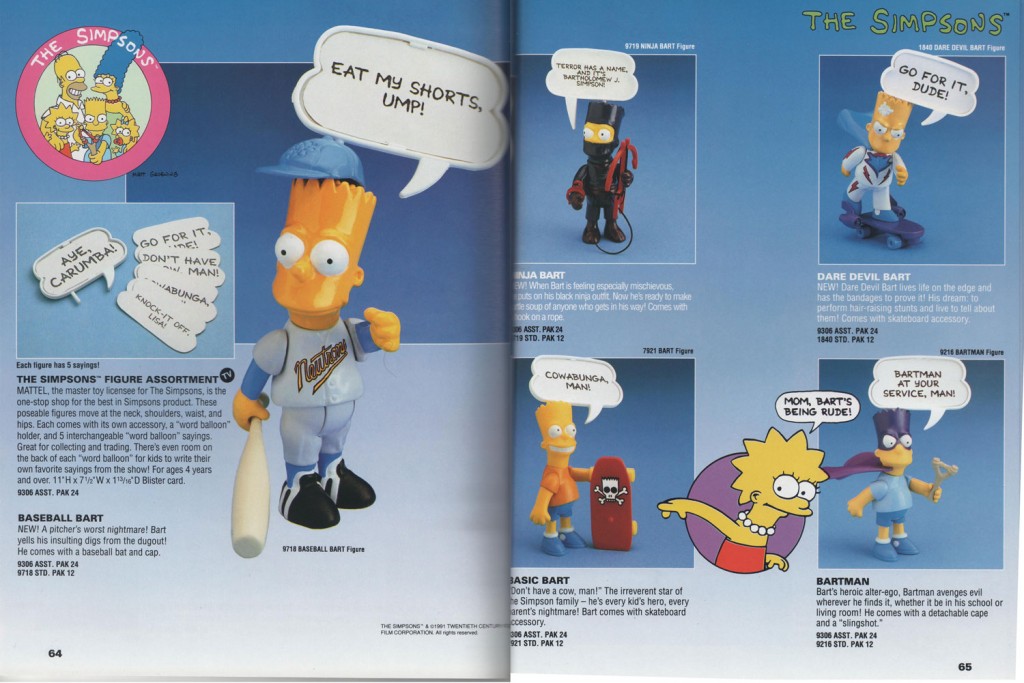 Toy Fair Catalog Courtesy of John Kent http://pheydenfans.blogspot.com/
Toy Fair Catalog Courtesy of John Kent http://pheydenfans.blogspot.com/
If Mattel’s Simpsons line had been more of a success, a second series of figures would have been made. In addition to new variations of Homer and Marge and the addition of a Krusty the Clown figure, there would have been multiple new versions of Bart, including the black ninja version pictured above. It is interesting to note that the grappling hook accessory pictured in the catalog is very similar to what was included with the South American version. Other than a few early prototypes, these catalog images are the only evidence that a second series was even in the planning stages.
Outside of a canceled promotional figure called “Save Blinky Bart,” these figures are by far the rarest and most desirable action figures tied to Mattel’s original action figure line, and since they were only available in South America, they are very difficult to find, especially carded like this. I was EXTREMELY fortunate to find these three figures on a recent trip to Pittsburgh for $15 each at a comic and collectible store. The dealer was happy to get rid of them, saying that they were “too weird” for his tastes. Thankfully, I like weird stuff, and I knew that $45 for the set was probably what it would cost to have these figures shipped from South America to the United States in the first place! It’s difficult to place a value on these because they rarely come up for sale, but I know I made a sound investment. Plus, I like Simpsons. It was a no-brainer.
Obviously, these are not for everyone, and most collectors prefer the World of Springfield line. However, there are die-hard Simpsons collectors all over the world, so while these might not exactly portray an accurate representation of what you would see in the cartoon, they are a set of rare curiosities that any true Simpsons fan would be thrilled to have.
 Dracula is from 1962, and The Mummy is from 1963. Aurora would often send pre-built and painted kits to retailers to be used as advertising for their latest model kits. Originally the monster kits would have been glued to cardboard advertising bases, but these have often been removed and are very rare to find intact.
Dracula is from 1962, and The Mummy is from 1963. Aurora would often send pre-built and painted kits to retailers to be used as advertising for their latest model kits. Originally the monster kits would have been glued to cardboard advertising bases, but these have often been removed and are very rare to find intact.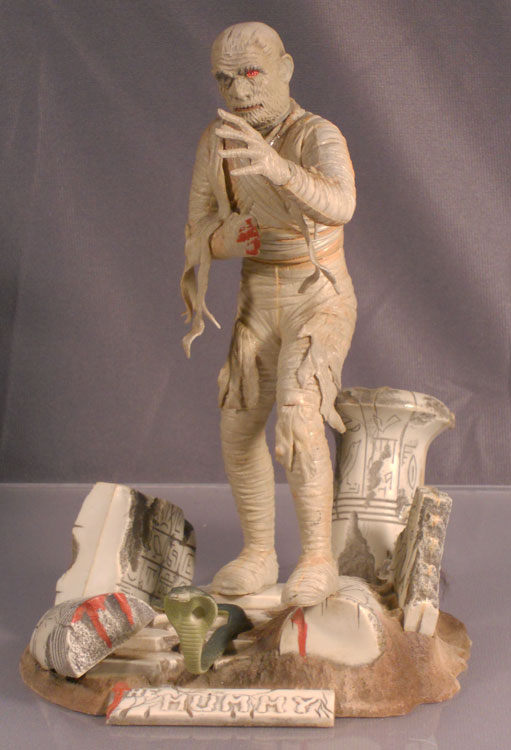 The Mummy was missing his left hand when we got him. We have since replaced it.
The Mummy was missing his left hand when we got him. We have since replaced it. Dracula is missing his right pinky finger as well, which is a little bit harder to replace since it is an actual break. Even with their problems, these kits are very tough to find and still well worth picking up.
Dracula is missing his right pinky finger as well, which is a little bit harder to replace since it is an actual break. Even with their problems, these kits are very tough to find and still well worth picking up.
